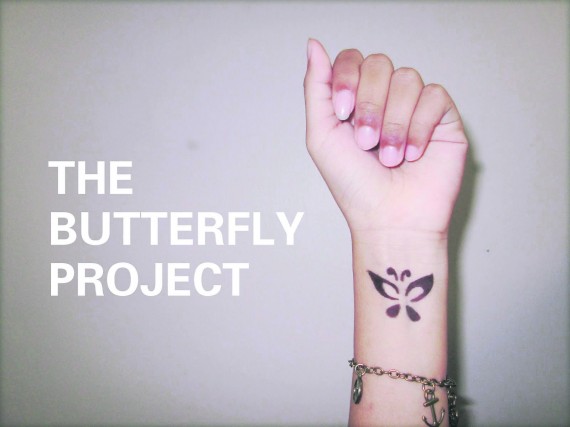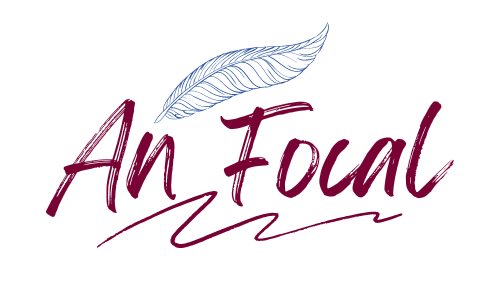
By Aisling O’Connor
The topic of mental health has been discussed more in recent times and as a result stigmas have decreased, however self-harm is still seen as somewhat of a taboo subject.
Stereotypes suggest that it’s merely a cry for “sympathy” or “attention” from the “emo kids” but this isn’t the case. It doesn’t matter if your favourite band is My Chemical Romance or One Direction, self-harm can affect anyone.
Statistics from the National Registry of Deliberate Self-Harm in 2013 showed that Limerick City had a higher rate of self-harm than any other county. The 15-19 and 20-24 age groups showed the highest rate of self-harm: with cutting, overdosing, and alcohol abuse as the most common forms. As it falls so close to home, shouldn’t it be something that we should discuss?
People self-harm for a wide range of reasons, some see it as a form of self-punishment, while others use it to gain control they feel is lacking elsewhere in their life or to display how bad they feel on the inside on the outside. Those who feel numb use it in order to feel something to reminds themselves that they’re alive.
When stress or pressure builds up self-harm acts can be seen as a “release”, and many find physical pain easier to deal with than emotional pain. So no, it is not just for “attention”.
People self-harm because they don’t know any other way to deal their problems, and unfortunately it becomes a vicious cycle. Someone hates themselves so they self-harm, but then hate themselves for self-harming. A pattern begins to emerge and it ends up becoming an addiction.
While those who do it feel that it’s their coping mechanism, it serves to make underlying issues such as depression worse, but the good news is that there are alternatives out there and ways of overcoming this issue.
- Get a marker and draw lines across your wrist or wherever you feel like hurting yourself. In the morning you’ll wake up to something that can easily be washed off as opposed to fresh cuts or burns.
- Rip paper, scribble on it, and tear it to shreds. Take your anger out on that instead of yourself.
- Invest in a punching bag, or use a pillow, feel free to scream into it, throw it, punch it etc.
- Make what’s called a “calm jar” by filling an empty jar with food colouring, water and glitter.
- Shake it when you feel like hurting yourself and watch the glitter float to the bottom. Snow globes are a good substitute.
- It may be used to relieve muscle pain but tiger balm cools the skin and causes a tingling sensation which could be close to the feeling you’re looking for.
- Hold ice to your wrist, the idea behind this is the same as the tiger balm.
- Although slapping an elastic band on your wrist is still technically a form of self-harm, it’s not going to do damage like cutting or burning would. It’s not the most advisable alternative, but it is an improvement.
- The urge to self-harm won’t last forever, busy yourself with work, exercise, or a movie. By the time you’ve finished the urges will have passed. If they haven’t, you can always afford to watch one more episode of that TV show you’ve been following.
- If you bottle everything up you will crack. Instead of relieving the pressure by hurting yourself, talk about how you feel with a friend, or even better, with a professional.
- Rewards. Be kind to yourself and reward yourself for not self-harming. For example, if you get through the week without doing it you’ll treat yourself to something you’ve been looking for.
- The Lucky Star Project involves making a small origami star every day, make white on the days you don’t self-harm and black on the days you relapse. By keeping them in a box you can map your progress. Set a goal to fill your box to the top with as many white stars as possible, and the making of the stars themselves can be therapeutic.
- The Paper Chain Project: This is similar to the Lucky Star Project as every day you don’t self-harm you make a coloured chain and on the days you do, you make a white one. You can see how you’re doing by hanging the chain up in your room, and when you feel like relapsing take a look at how far you’ve come.
- The Butterfly Project: Draw a butterfly on your skin when you feel like self-harming, name it after someone you care about and tell yourself that if you self-harm the butterfly will die. You can’t scrub it off so the goal is to leave it fade away naturally which should bring a sense of accomplishment and serves as a reminder that people do love you. You can have friends draw butterflies for you too.
- Think about what you would say to a friend or loved one if you found out they were self-harming. You’d be pretty upset, right? You’d tell them that they don’t deserve to treat themselves that way and that there are other ways of dealing with their problems. Now tell yourself that and believe it.
![]()


